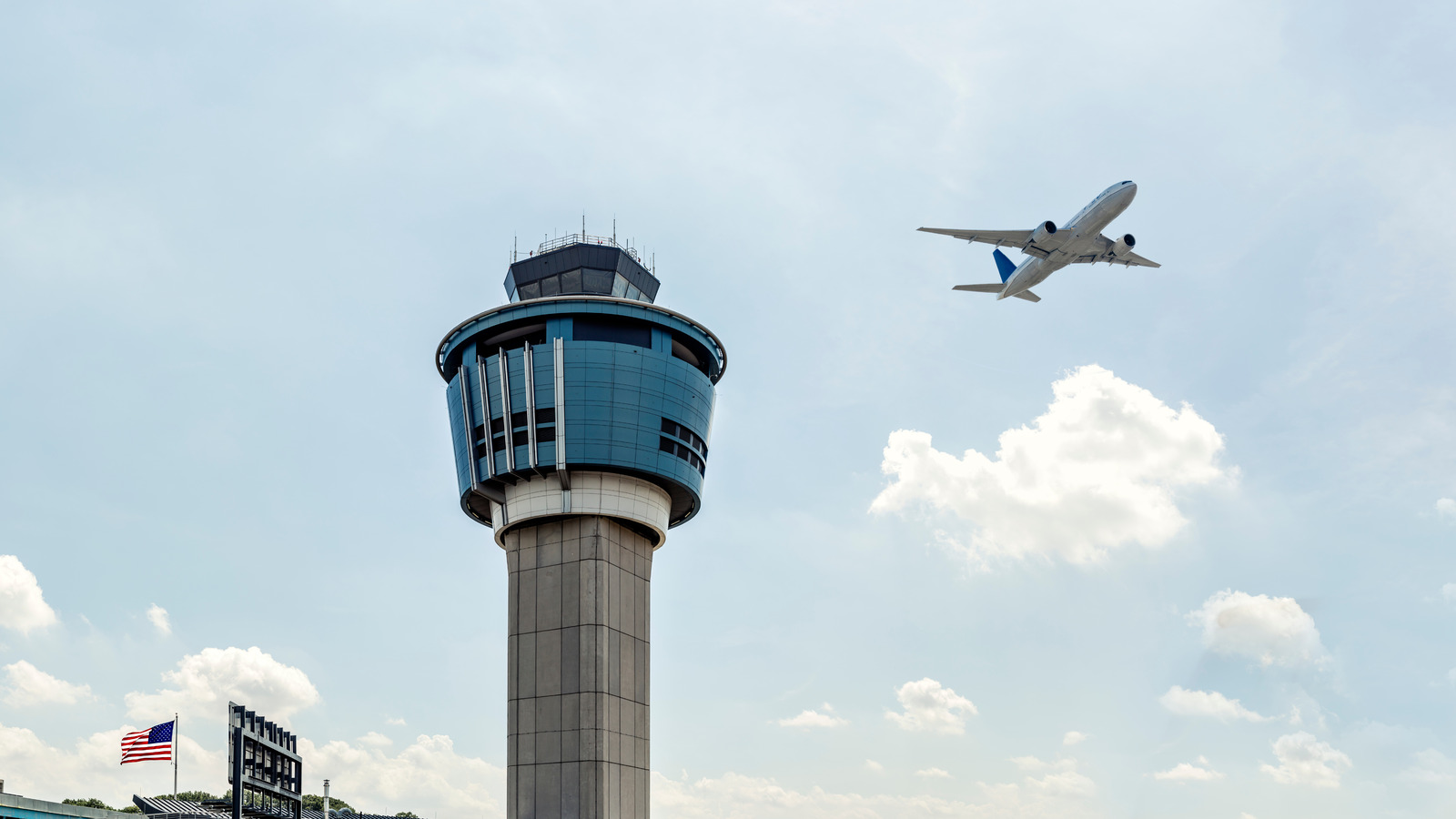No one could’ve guessed that the presidential administration obsessed with culling the federal workforce and slashing government spending would make a dent in the air traffic controller shortage. It only took the country’s deadliest air disaster in 24 years. The Federal Aviation Administration received over 10,000 applications for new air traffic controllers due to a recent recruiting push highlighted by several key changes, including a $5 per hour increase in trainee pay.
The FAA is desperately trying to hire 2,000 air traffic controllers this year. No one can learn how to coordinate planes around airspace with a week of training, no matter how qualified an applicant is. While the starting salary of $60,000 for graduates is a good enough draw for some, the financial and logistical hurdles are enough to deter people from applying. All accepted applicants must uproot their lives and move to the FAA Academy in Oklahoma City for three to five months. During this period, trainees were paid $17.61 per hour. The agency raised the hourly wage to $22.84 last month. The 30% increase acknowledged that the cost of living made it difficult for people to attend the academy.
FAA streamlines the hiring process by five months
The FAA also tore down several barriers to shorten the hiring process by at least five months, according to Simple Flying. The highest scorers on the agency’s Air Traffic Skills Assessment (ATSA) are now given priority entry into the academy. The aptitude test doesn’t return precise scores but places applicants into four categories: Not Referred, Qualified, Well Qualified and Best Qualified. Those who fall into the latter two categories get priority. It makes sense to streamline the process because these applicants are more likely to graduate faster and get to work in a tower sooner.
While these reforms are much needed, let’s not forget how we got here. In 1981, President Ronald Reagan ended a nationwide air traffic controller strike by summarily firing everyone. Only 1,300 employees were able to retain their jobs and other 11,700 open positions were filled with replacements. With controllers having a maximum recruitment age of 31 and a mandatory retirement age of 56, the bulk of the Reagan-era replacements were approaching retirement in the late 2010s. The COVID-19 pandemic even encouraged some to retire early, and no matter how hard Elon Musk begged, he couldn’t drive a mass unretirement.




